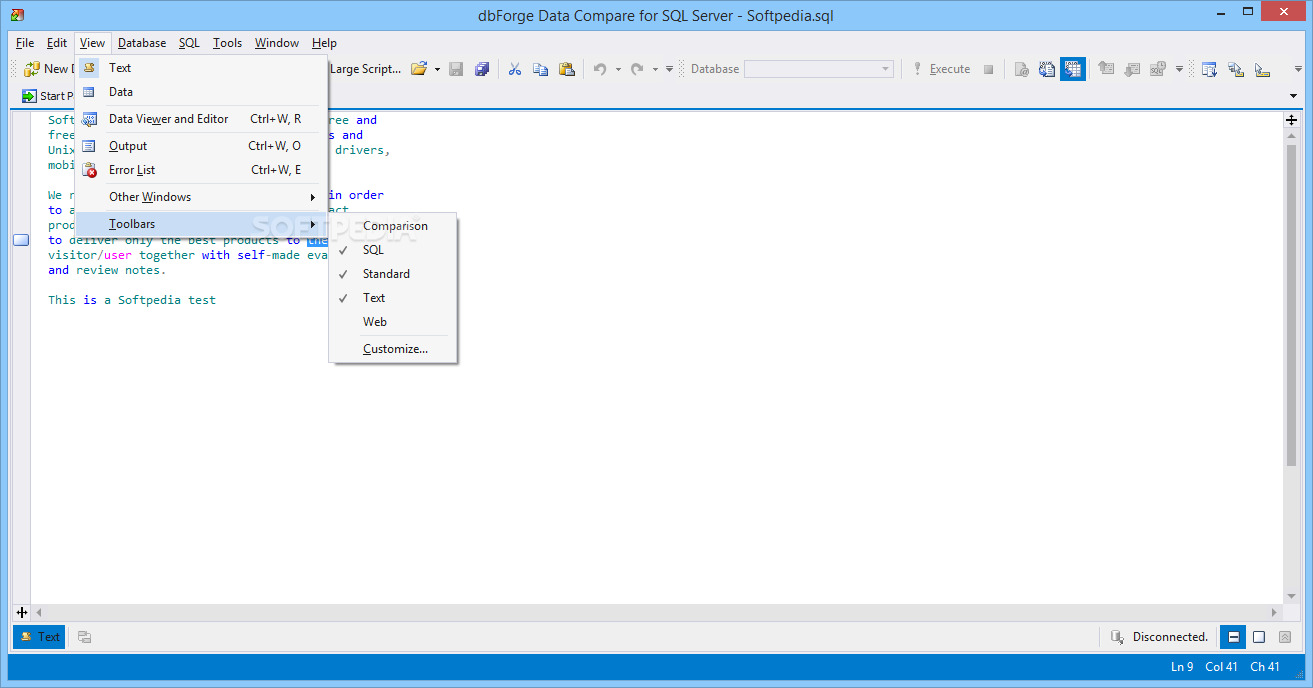
The results show that real-time IoT sensor data can be efficiently measured and visualized in dashboard and live object detection can be done with good accuracy. A few experimental cloud-based services are implemented on an IoT platform using serial port and message queuing telemetry transport (MQTT) broker service as well as providing live camera capturing feature with artificial-intelligence-based object detection. The configuration, the flow development, the requirements, and the usage of the Node-RED are explained with respect to handling all the various types of errors. Its simplicity providing many built-in entities makes it possible to evolve innovative platforms with less coding complexity.

A complete outlook of Node-RED, which can be applied for an IoT-based virtual laboratory, is described. While there are several existing visual programming languages developed for various applications, an open-source visual programming language named Node-RED, which is particularly used for Internet of Things (IoT)-based applications, is taken into consideration in the book chapter. In many universities, virtual teaching methodology is not implemented widely. To overcome this problem, a virtual laboratory can be introduced.

Due to the pandemic or any other tough situations, attending the student laboratory session physically is difficult or even impossible.


 0 kommentar(er)
0 kommentar(er)
